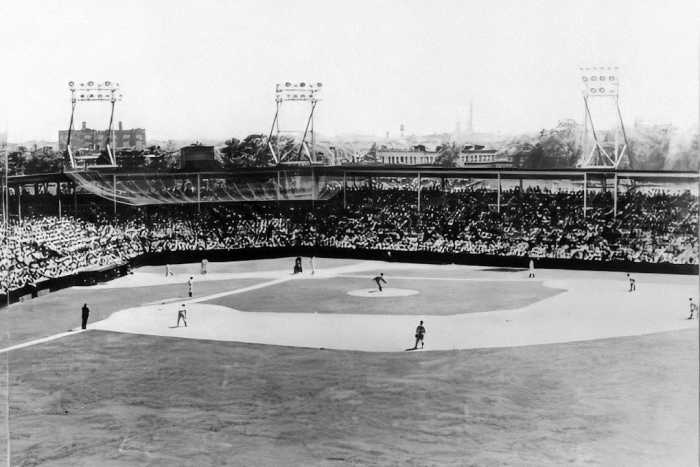By Charles Hack
For the first time, the NYPD will have to report crime to the City Council in some of Brooklyn’s largest parks, which include Prospect Park and Marine Park. New legislation, just signed by Mayor Michael Bloomberg, will require the police department to provide the Council with CompStat reports of arrests, summonses and criminal complaints for New York City’s 20 largest parks. “This measure will continue the administration’s commitment to open government,” said Bloomberg in announcing the new legislation Dec. 29. CompStat has been prepared for each precinct for 12 years, but to date this has not included most city parks. The system allows police to collect, analyze, map and report on crime data. “By reporting and tracking crime in parks, it will empower park users by allowing them to know where there are issues and also empower the city to allocate resources efficiently,” said Christian DiPalermo, executive director of New Yorkers for Parks (NY4P). “It will make parks safer because of the transparency.” The legislation will extend the requirement to the city’s 100 largest parks after one year, and two hundred parks after two years. Within three years, crime must be reported for all parks larger than one acre. This will happen as resources are made available and technological enhancements are made to the system, said Bloomberg. According to one senior police official, CompStat statistics have been difficult to produce for parks because the computer software used to analyze the data uses street intersections to report crime locations. But the official also said that crime in parks in his precinct have been monitored by the police for years, and that he considered the new reporting requirements to be a “political issue.” Which parks will be incorporated first has yet to be announced, according to Emily Farris, spokesperson for NY4P, but according to the bill it will be calculated by acreage. Marine Park, Brooklyn’s largest park with 657 acres, is the seventh largest in New York City. Prospect Park is the 10th largest with 487 acres. Pelham Bay Park in the Bronx is the city’s largest with 2,765 acres. Central Park – New York’s fifth largest park with 858 acres – will not be included in the legislation because it has its own police precinct and collects the data already. NY4P says that when CompStat was first introduced 12 years ago, the police department became more effective at decreasing crime. “We applaud the mayor for utilizing the city’s resources and improving technology to make our parks safer,” said DiPalermo, who also gave credit to police commissioner Ray Kelly and former speaker Gifford Miller. CompStat holds police managers accountable for the data they collect, according to a statement by NY4P. It also allows the city to analyze crime statistics in every neighborhood to target resources where they are most needed, making crime prevention more effective. The statistics will also be available to the public for the first time. Statistics also help community advocates to better monitor park safety, helping them to keep officials more accountable, NY4P says. “Before the bill, the public was tracking crimes in parks through the headlines and now we will have accurate information,” said DiPalermo.

































